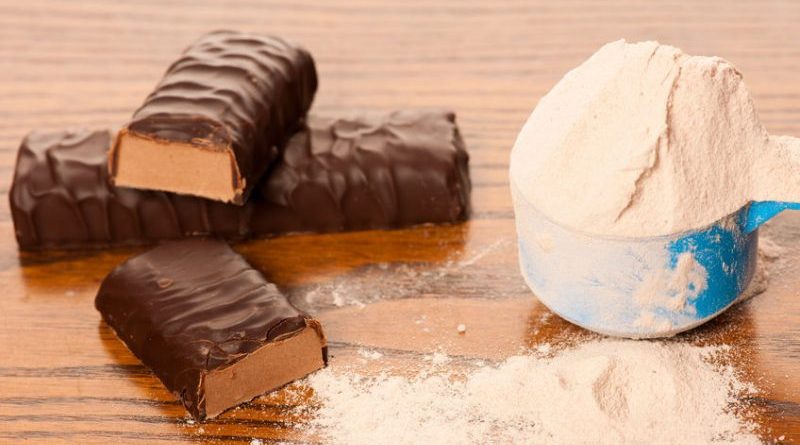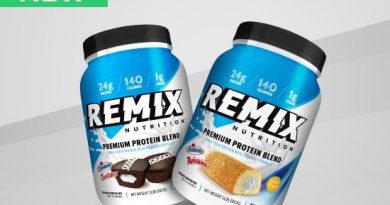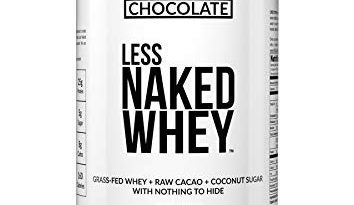Could Protein Candy Bars in Destroy the Supplement Industry?
More and more candy bar manufacturers are seeing what’s going on in the market and how in demand protein is in the American diet. With that being said, they too are tossing their hat in the ring in hopes of seeing their sales sky-rocket with a “healthy alternative” to their traditional candy bars. But, what does this mean to the supplement industry as a whole when brands are putting out protein candy bars, at a lower price point? I can see both sides of the fence on this one. I can see it hurting to an extent, but then again, I can’t see it destroying or changing the landscape of the supplement market.
What is MULO-C (or xAOC Incl Conv)?
Let’s start here since it’s a term not many people are probably familiar with. MULO-C and xAOC Incl Conv stand for what is composed in a multi-channel market. So, for instance, you can look at FDMx or AOC which looks at food/grocery, drug, and mass market. But then you have many other channels that are left out such as Walmart, Club or Wholesalers such as BJ’s and Sam’s, Dollar channels such as Dollar General, Family Dollar, and Fred’s Dollar, and then the entire convenience store (c-store) piece of the equation.

MULO-C or xAOC Incl Conv includes everything mentioned above. So, anywhere that candy bars or protein candy bars could be sold, is found under this umbrella. You’ll see candy bars at your grocery store, corner shops, gas stations, convenience stores, wholesalers, drug stores, dollar stores, etc.
How this could potentially hurt the supplement industry
Large candy bar manufacturers are now dipping their toes into the supplement industry by including protein in their new candy bars (separate from their traditional candy bars) — creating protein candy bars. You can find Snickers with protein (I even wrote an article about a Snickers protein powder), Bounty with protein, Mars bar with protein, and now Milky Way with protein.
What could this mean for the supplement industry? Well, for starters, we saw what happened when Coca-Cola and Pepsi got into the game and started producing their own protein shakes. It dried up raw materials, and due to the demand, it raised the price on protein as well. We saw price hikes on the manufacturer, retailer, and consumer side of the market. The same thing could happen, again, as more candy bar manufacturers come on board with the idea and start including a bar that has a good amount of protein.
The new Milky Way bar is still the same bar for the most part, but with the inclusion of 19g of protein and 183 calories. That’s actually not TOO bad all things considered—especially since it’s still a candy bar.
People who don’t care about their health might buy the bar thinking it’s a “healthy” bar and try to justify leaving the old bar in the dust for the new (assuming the taste is the same). But, it also comes down to price. How much more expensive will the bar with 19g of protein be compared to the older traditional Milky Way bar?
Click here to continue reading…


*Disclosure: This article may contain affiliate links or ads, which means we earn a small commission at no extra cost to you if you make a purchase through these links. These commissions help support the operation and maintenance of our website, allowing us to continue producing free valuable content. Your support is genuinely appreciated, whether you choose to use our links or not. Thank you for being a part of our community and enjoying our content.
PLEASE CONSIDER SHARING THIS ON YOUR SOCIAL MEDIA TO HELP OTHERS LEARN MORE ABOUT THIS TOPIC.





